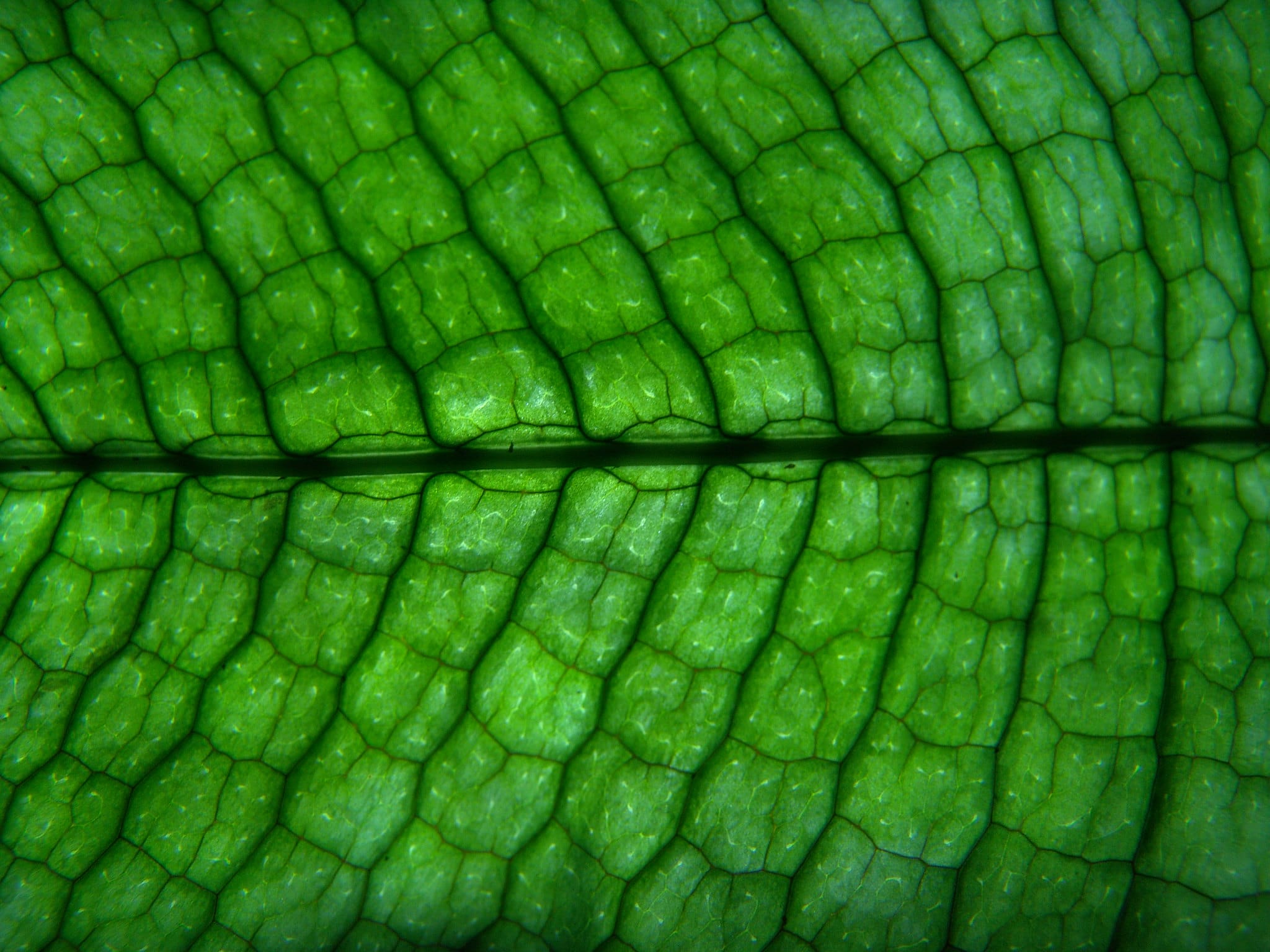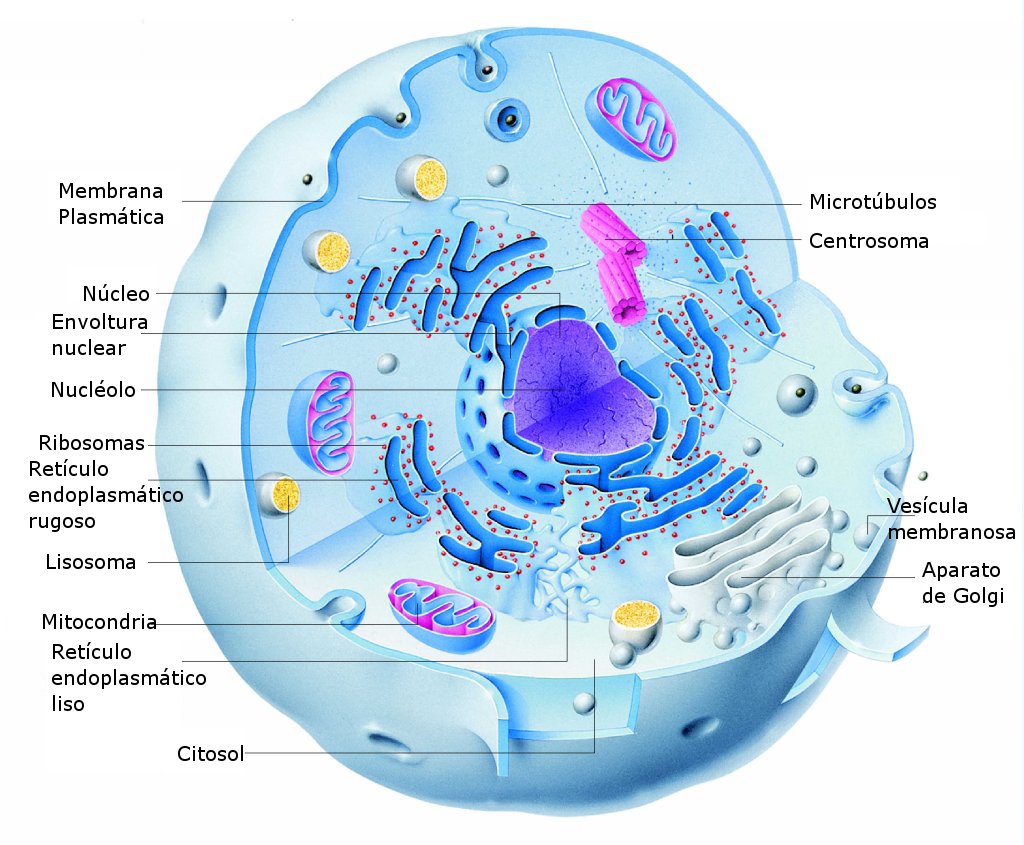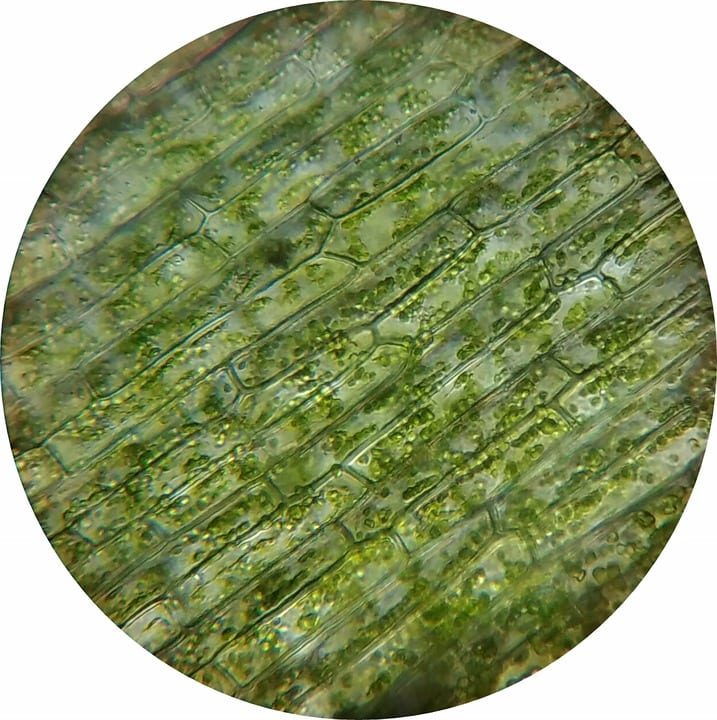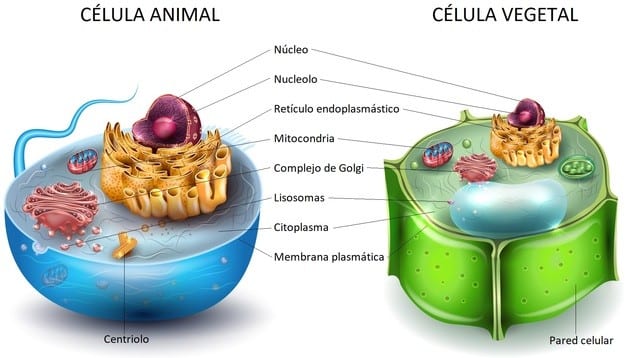
Image - Flickr / testurakametsola
What is it that keeps us alive? Many will say that it is oxygen, and of course they would have a large part of the reason, because it is impossible to exist if we cannot breathe that gas. But the truth is that the correct answer must be found within ourselves, because O2 would be of no use to us if we are not able to use it correctly.
Animals and plants have very different characteristics, but we all have millions and millions of cells, which work incessantly to keep our bodies functioning thanks to the oxygen we obtain from the outside and that they can identify, absorb and take advantage of so that our existence can be prolong. But, How is the animal cell different from the plant cell?
What is a cell?
So that you can better understand what we are going to explain to you, first it is important that you know what a cell is. Is It is an anatomical unit that shapes each part of our body, and also keeps us alive.. And it does so despite being very small. In fact, to be able to see it you need a microscope.
Those organisms that are made up of a single cell are known as unicellular, and those that are made up of more, as multicellular. Also, depending on their characteristics, two types of cells are distinguished:
- Prokaryotic cell: it is the simplest, since it does not have a defined nucleus and the DNA is in the membrane. For example, bacteria have this type of cell.
- Eukaryotic cell: it is one that has a nucleus wrapped in a membrane, which protects DNA, as occurs in plants, animals, and fungi.
What is DNA?
DNA is a nucleic acid which is made up of two strands that twist into a double helix structure. This acid is crucial for an organism to grow as a plant or as an animal for example, because is the one that has the genetic information of the individual, inherited by their parents.
What is an animal cell?

The animal cell is the one that all animals have, as its name indicates. We are, in addition, multicellular organisms, and in the case of humans, we can have hundreds of billions of them.
Its basic function is to capture the nutrients that the animal obtains from outside, to transform them into substances that will later be used to produce energy and to eliminate the waste it generates.
Parts of the animal cell
Roughly, the parts of the animal cell are:
- Core: it is the control center, where the orders are issued thanks to which the cell can function properly.
- Cellular membrane: it is a membrane that protects the cell from the outside and in which materials are exchanged.
- Cytoskeleton: it is what shapes the cell, so it is essential for its division to take place.
- Cytoplasm: Inside we find all the material of the cell, except for the nucleus. It is a substance in which much of the cellular activity takes place.
What is a plant cell?

The plant cell is the one that plants and algae have. Like the animal cell, it also has a well-defined nucleus which is responsible for keeping its genetic material or DNA protected. But she, unlike the one we animals have, does make her own food.
For this reason, trees, palms, flowers, ... in short, all species of plants that inhabit the Earth are capable of living, some for hundreds and even thousands of years, even though they cannot move.
Parts of the plant cell
Its main parts are:
- Cellular wall: It is basically made of cellulose, and it is responsible for protecting the interior of the cell.
- Membrane: it contains a large part of the cell's parts, but it is also where the exchange of substances into and out of it occurs.
- Chloroplast: it is found inside the membrane, and it is where sugars are synthesized starting from the absorption of carbon dioxide, water and light from the sun.
- Core: it is where the genetic material is stored, and where the instructions that will guarantee the correct functioning of the cell are dictated.
- Cytoplasm: in it is all the internal material, except the nucleus.

What are the differences between animal and plant cell?

Image - differentiator.com
Both are, as we have seen, quite similar. But they also have important differences; Not surprisingly, the same is not needed when you are a living being that can move (for example), than another who has to manage to take advantage of what is closest to him since he does not have the ability to move.
If we take this into account, when comparing them we will see that they differ in several things:
Parties
- Centrioles: found only in animal cells. Its function is to produce and organize the filaments (flagella and cilia) that will be necessary during cell division.
- Vacuole: both have one, but that of animal cells is much smaller. In the case of plants, the vacuole is the main responsible for growth, so more nutrients are stored and, also, more waste products.
- Chloroplasts: they only have plant cells. They are those that transform the sun's energy into chemical energy, something that occurs during photosynthesis.
- Cellular wall: also only have it the cells of the plants.
Features
Food
As far as functions are concerned, surely the most notable is that the plant cell produces its own food. This is done in chloroplasts, organelles responsible for photosynthesis. As a result of this process, animals can breathe oxygen, since this is a gas that leaves expel.
Reproduction
Another notable difference is the ability of plants to reproduce asexually. Not all of them are capable of doing that, but for example plants such as wisteria (wisteria sinensis) or rose bushes, they can be multiplied by cuttings since their cells will divide quickly, allowing the emission and development of roots. These will preserve the genetic material that they have always had, so they are very useful when you want to multiply a specimen with exceptional characteristics without them being lost.
Animals, on the contrary, only reproduce sexually. The descendants will have characteristics of their parents, but in no case will they be identical to them.
Cellular division
Cell division is closely related to reproduction; Not surprisingly, for a living being to grow and develop, it is necessary for cells to divide. But in the case of plants and animals, this process is a bit different.
For an animal cell to divide in two, its membrane is strangled. Conversely, so that the plant cell can divide, what happens is that a kind of septum is formed, which will end up as part of the cell wall.

What do you think of this topic? We hope you have learned a lot about the differences between animal and plant cells.